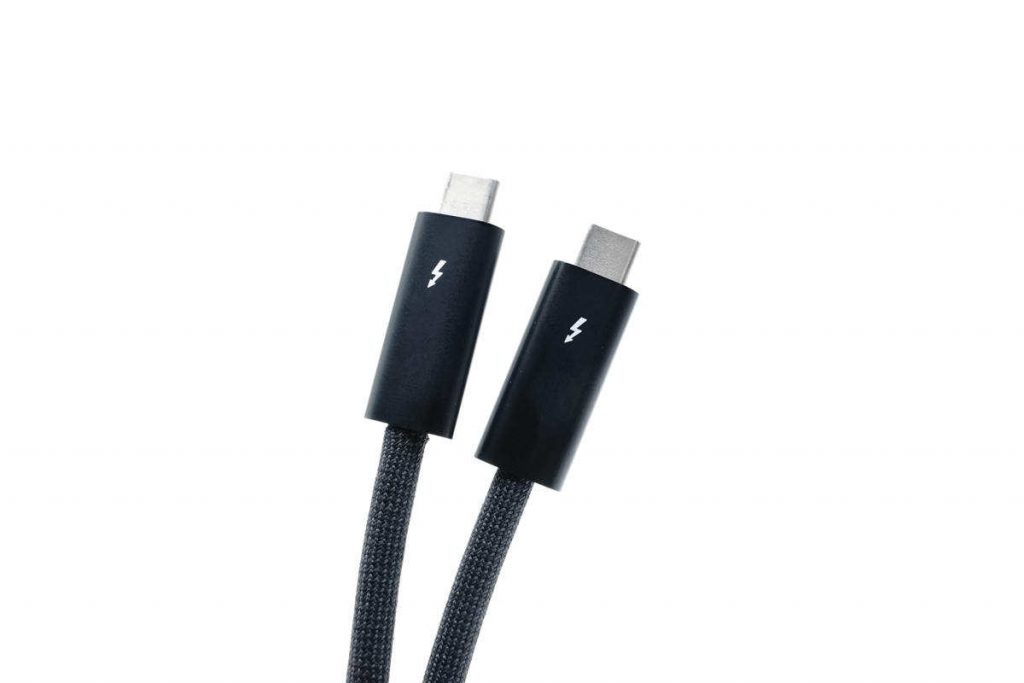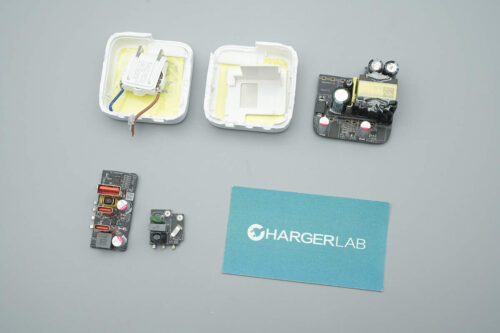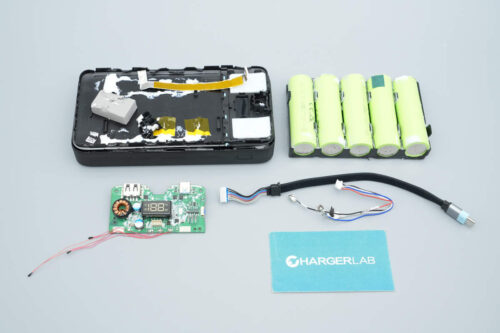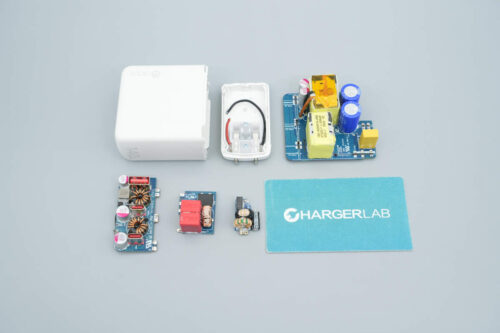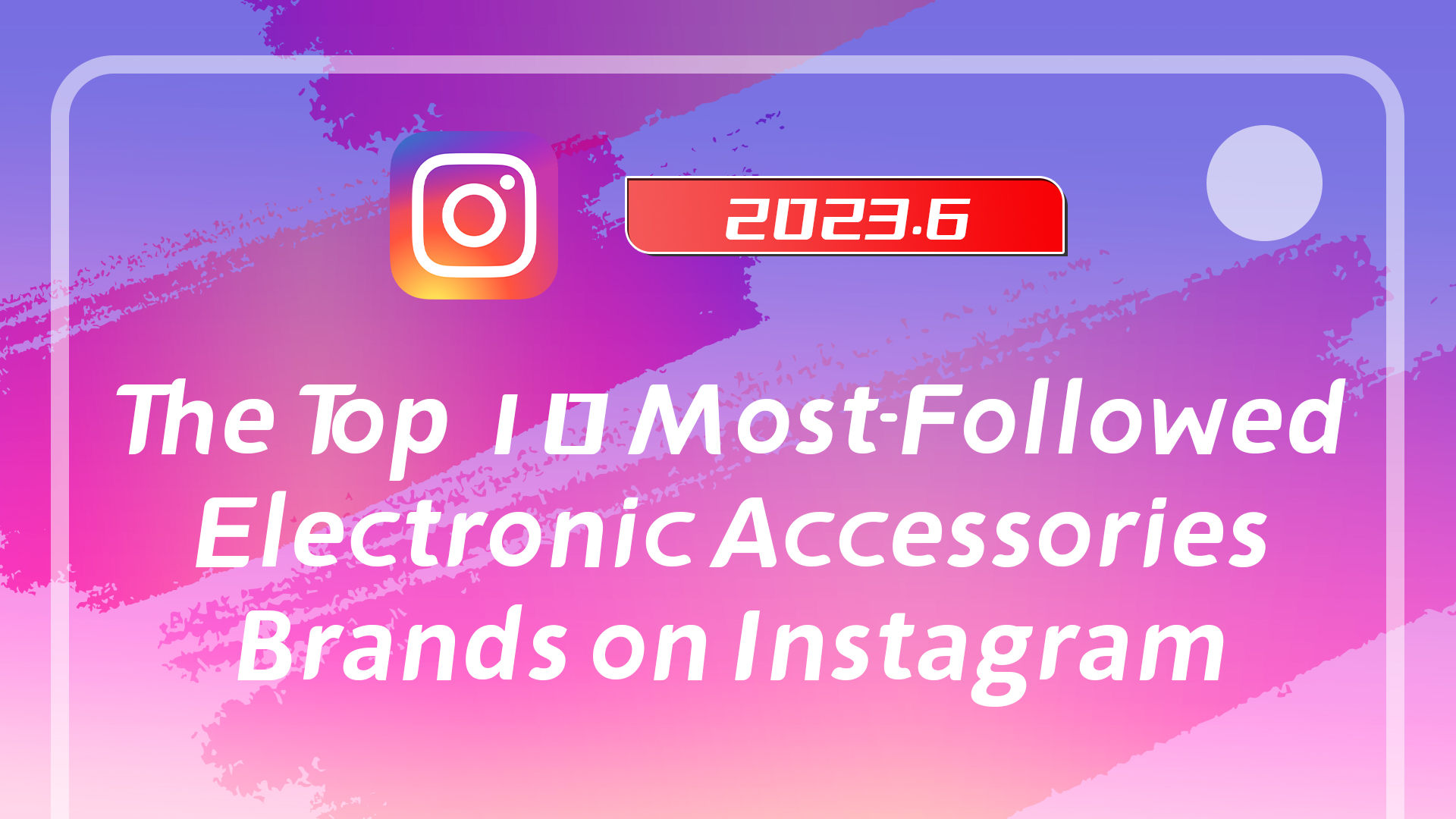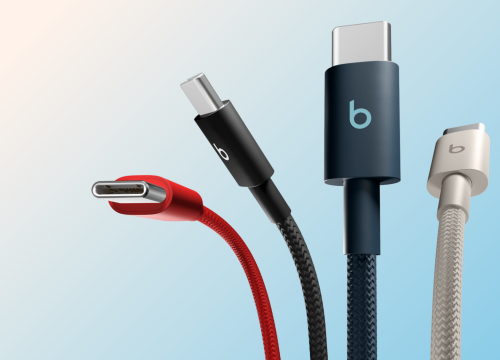Since 2009, the EU has been committed to promoting the standardization of charging ports for consumer electronic products, reducing resource waste and promoting green environmental protection processes. Universalization of charging accessories also improves the charging experience for consumers. On October 4th, 2022, the European Parliament passed a vote to make the USB-C port a universal charging standard for small electronic devices by the end of 2024.
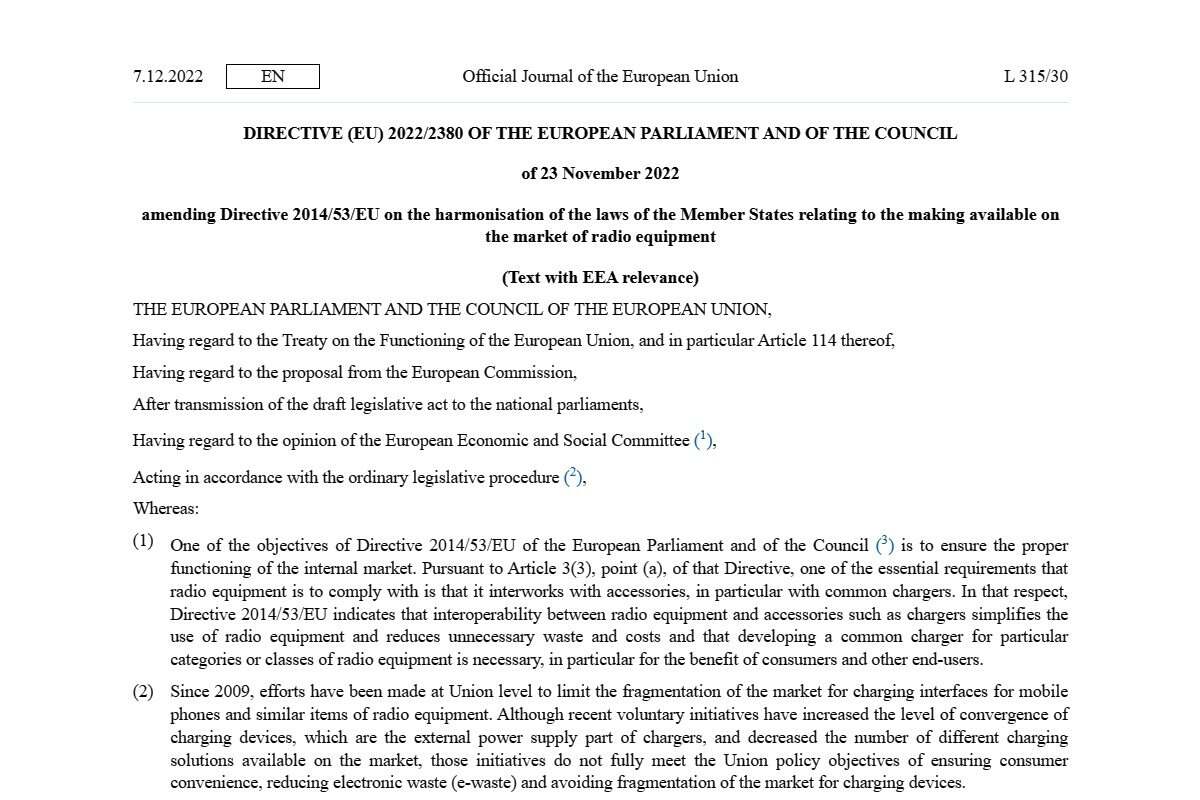
Recently, the EU has released a new directive, EU(2022/2380), which supplements the requirements for charging communication protocols, charging ports, consumer information, etc. This regulation applies not only to a single country but to all EU member states, and all products sold in EU member states must comply with its regulations.
Types and Time
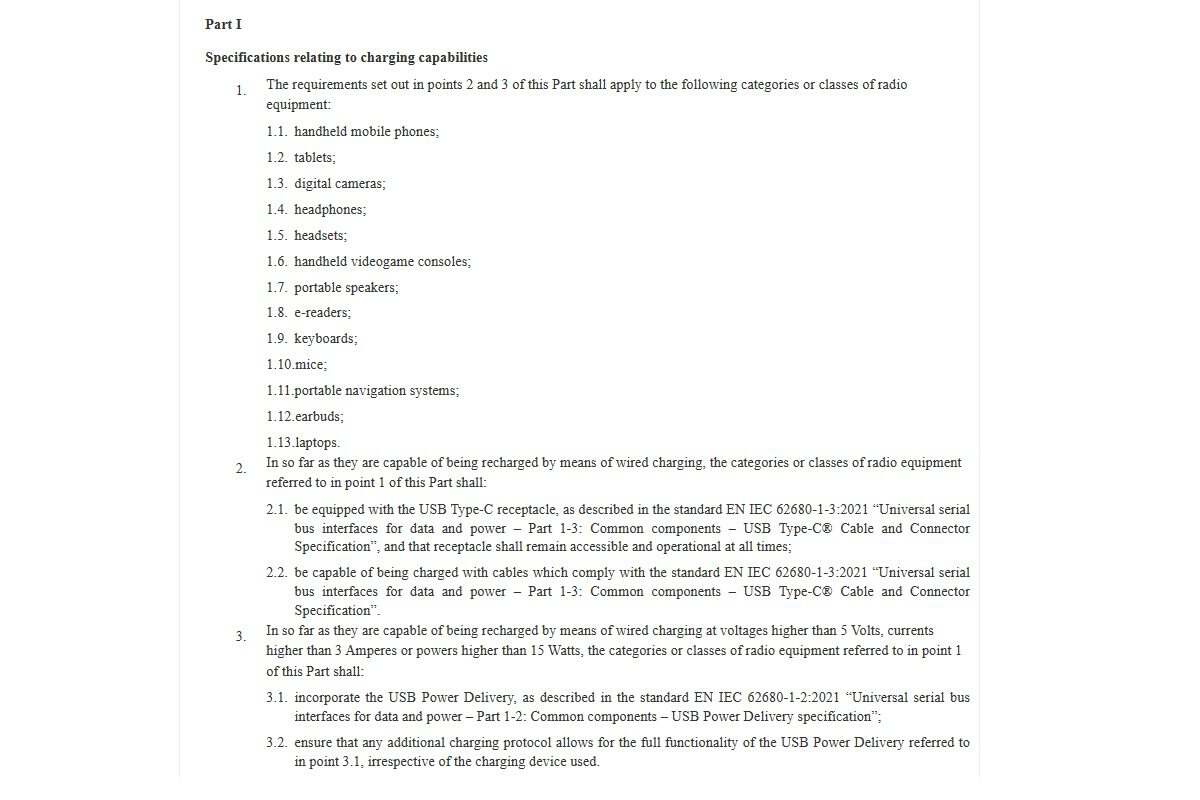
The regulation applies to newly manufactured electronic devices, including smartphones, tablets, digital cameras, headphones, portable gaming devices, portable speakers, e-books, keyboards, mice, navigation devices, wireless headphones, and laptops. Except for laptops, the regulation will be enforced starting 28th December 2024 in EU member states. Laptops will be enforced from 28th April 2026.
The regulated electronic products need to be equipped with the USB-C port and be able to be charged using USB-C cables, and both the port and cable must meet the standard "EN / IEC 62680-1-3:2021 Part 1-3". When the device's charging power surpasses 5V3A(15W), regardless of whether other charging protocols are used, it is necessary to meet the supply requirements of the "EN / IEC 62680-1-2:2021 Part 1-2" standard, which means full support for USB Power Delivery (USB PD).
New Labels
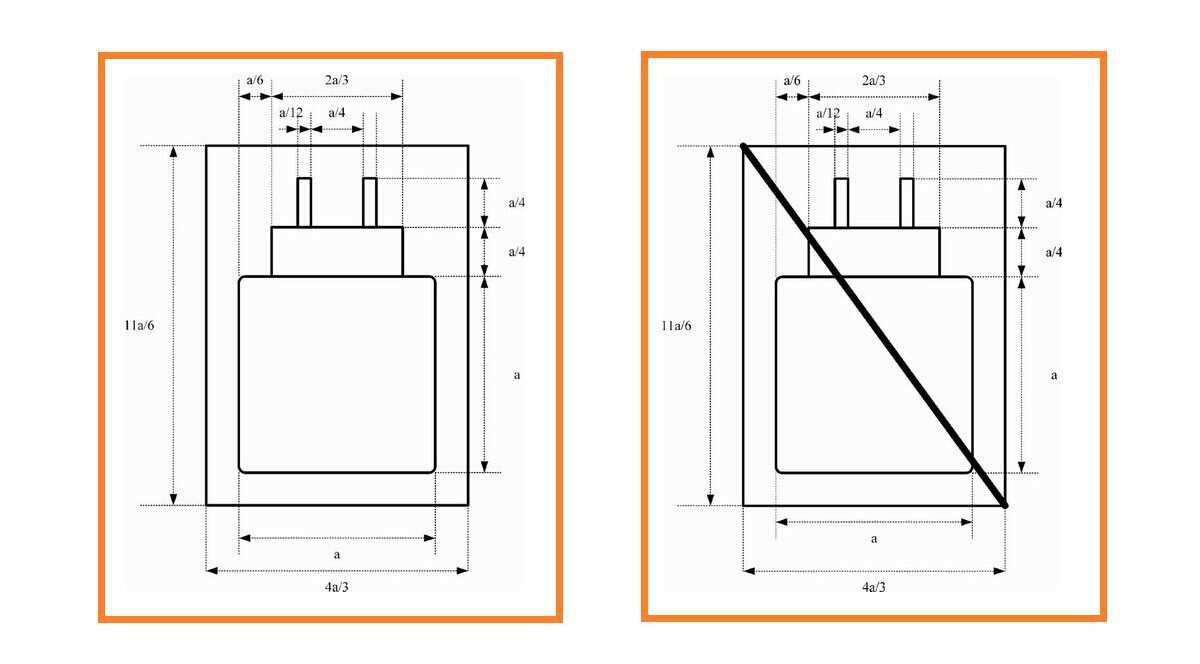
In order to provide consumers with clear information on the power specifications of their charging devices, all products covered by the regulation must display or provide labels indicating their charging capabilities. The label types are shown in the figure above. The label on the left is for devices that come with a charger, while the label on the right is for devices that do not come with a charger.
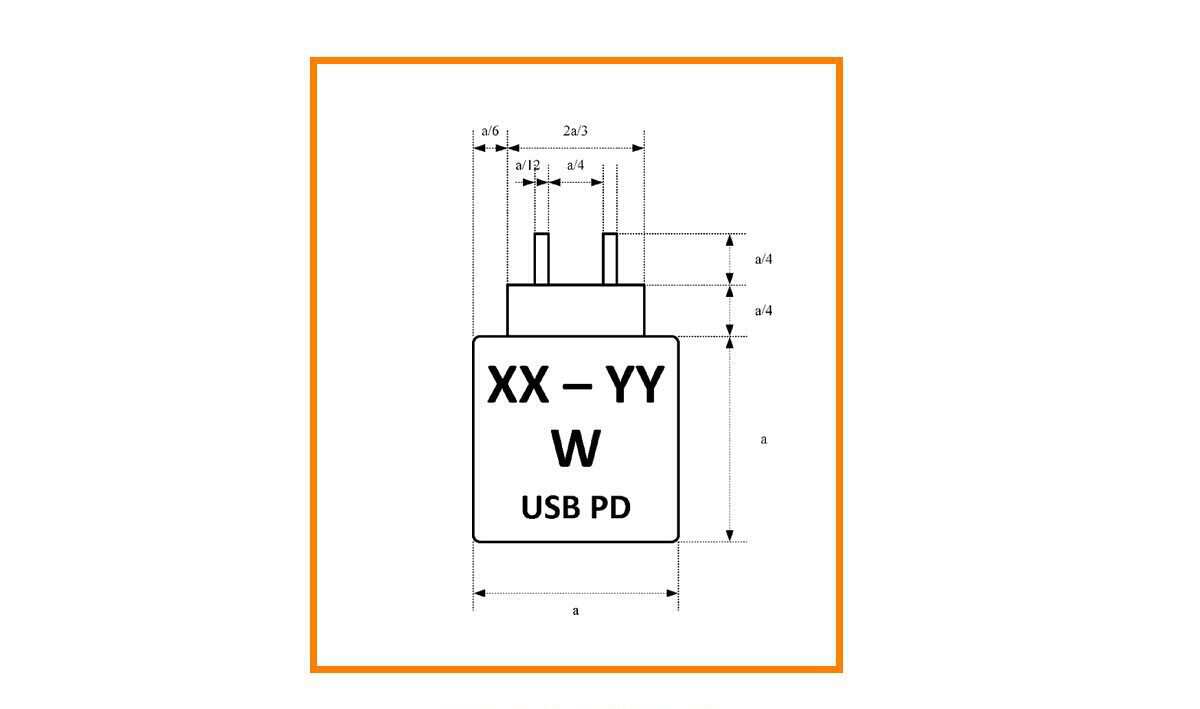
Additionally, the label must show the power specifications that the device requires and can achieve during charging, with XX representing the minimum power specification in watts required to operate the device, YY representing the maximum charging speed that the device can achieve when in use, and the words "USB PD" printed if the device supports USB Power Delivery charging standards.
Summary of ChargerLAB
As we approach the end of 2024, consumer electronic product port standards have finally unified on USB-C after years of development, marking a big change since the unification of MicroUSD port ten years ago. The new EU directive (2022/2380) clearly specifies the scope of electronic products involved in port unification, covering almost all mainstream devices on the market, and the port and cable must be designed according to relevant regulations. Additionally, the new directive also adds information labels to devices, allowing users to easily determine whether the device comes with a charger, the minimum and maximum power required for charging, and if it supports USB PD charging standards, making it easy for consumers to purchase devices with a straightforward understanding of their charging capabilities.
Related Articles:
1. How Lightning Cable Works? | Brief Introduction of Lightning Connector
2. Teardown of Apple Woven USB-C to Lightning Cable (1 m)
3. Quick Peek | Apple Stores Anti-Theft USB-C Cable

